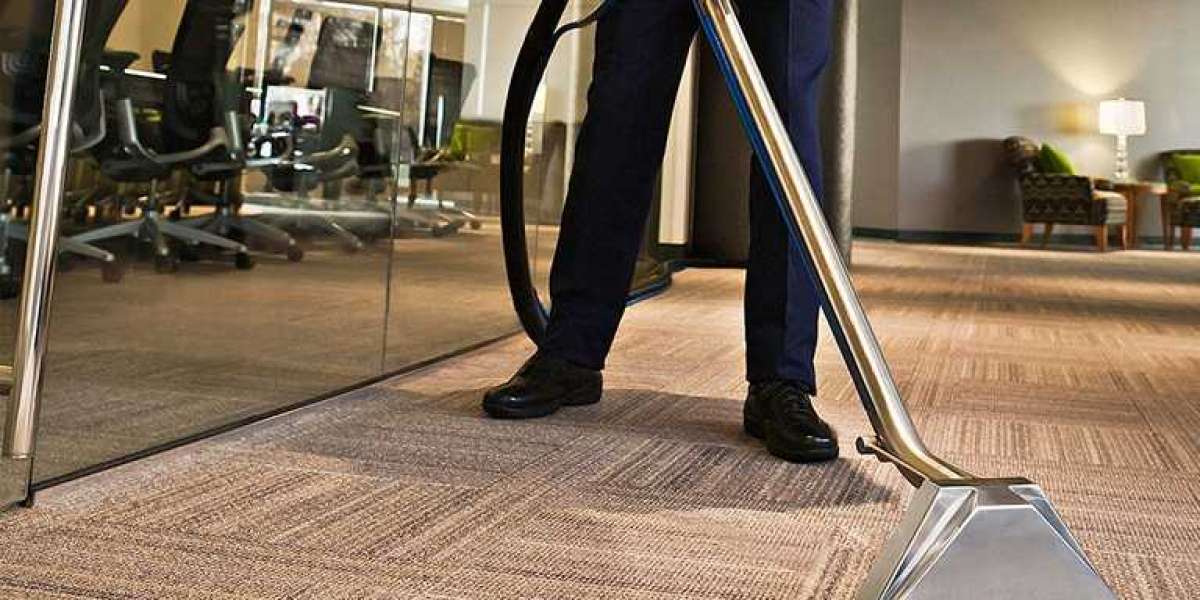Laser cleaning has emerged as one of the most effective and innovative methods for removing contaminants from metal surfaces. So the key question is: "How does laser cleaning work on metal, and why is it preferred over traditional methods?" This technology uses focused laser beams to remove rust, paint, oil, oxide layers, and other impurities without damaging the base metal, making it an ideal solution for industries like automotive, aerospace, manufacturing, and heritage restoration.
How It Works
Laser cleaning works through a process known as laser ablation. A high-energy laser beam is directed at the metal surface. The beam delivers short, intense pulses that are absorbed by the top layer of contaminants like rust, paint, or grease. The contaminants vaporize or are blasted off as micro-particles due to the thermal and photonic energy.
The laser is carefully calibrated so that it affects only the unwanted material on the surface—without heating or damaging the metal underneath. Because the base metal typically has a different absorption rate than the contaminants, the laser can be fine-tuned to remove only what’s necessary.
There are typically two types of lasers used for metal cleaning:
Pulsed Lasers – Offer high peak power and are better for precision cleaning, especially where damage to the base material must be avoided.
Continuous Wave Lasers – Used for faster, high-volume cleaning on thick rust or large surface areas.
Applications on Metal
Laser cleaning is used for a variety of metal cleaning applications, including:
Rust and corrosion removal from steel, iron, and aluminum surfaces.
Weld preparation and post-weld cleaning, improving the quality of welds by removing oxides and contaminants.
Paint and coating removal without using abrasives or chemicals.
Surface preparation before bonding or coating.
Restoration of historical metal objects and sculptures without surface abrasion.
Benefits of Laser Cleaning on Metal
Non-contact Non-abrasive
Traditional methods like sandblasting or chemical stripping can damage the metal or change its properties. Laser cleaning is contactless and preserves the structural integrity of the metal.Environmentally Friendly
There are no chemicals, solvents, or abrasive materials involved. The process produces minimal waste, and most particles can be captured using a vacuum system.Precision Control
Laser settings can be customized for different materials and levels of contamination, allowing for highly targeted cleaning, especially useful for delicate or detailed metalwork.Cost-Effective Over Time
While the initial investment may be higher, laser cleaning reduces the need for consumables and lowers labor and maintenance costs in the long run.Safe and Automated
With proper safety systems, laser cleaning can be performed safely and even automated through robotic systems for consistent results.
Conclusion
Laser cleaning is revolutionizing the way metals are treated and maintained. Its ability to clean precisely without damaging the metal makes it suitable for both heavy industry and fine restoration work. Whether you are dealing with rusty machinery parts or preparing metal for welding or painting, laser technology offers a clean, efficient, and sustainable solution that outperforms traditional methods in both quality and safety.








